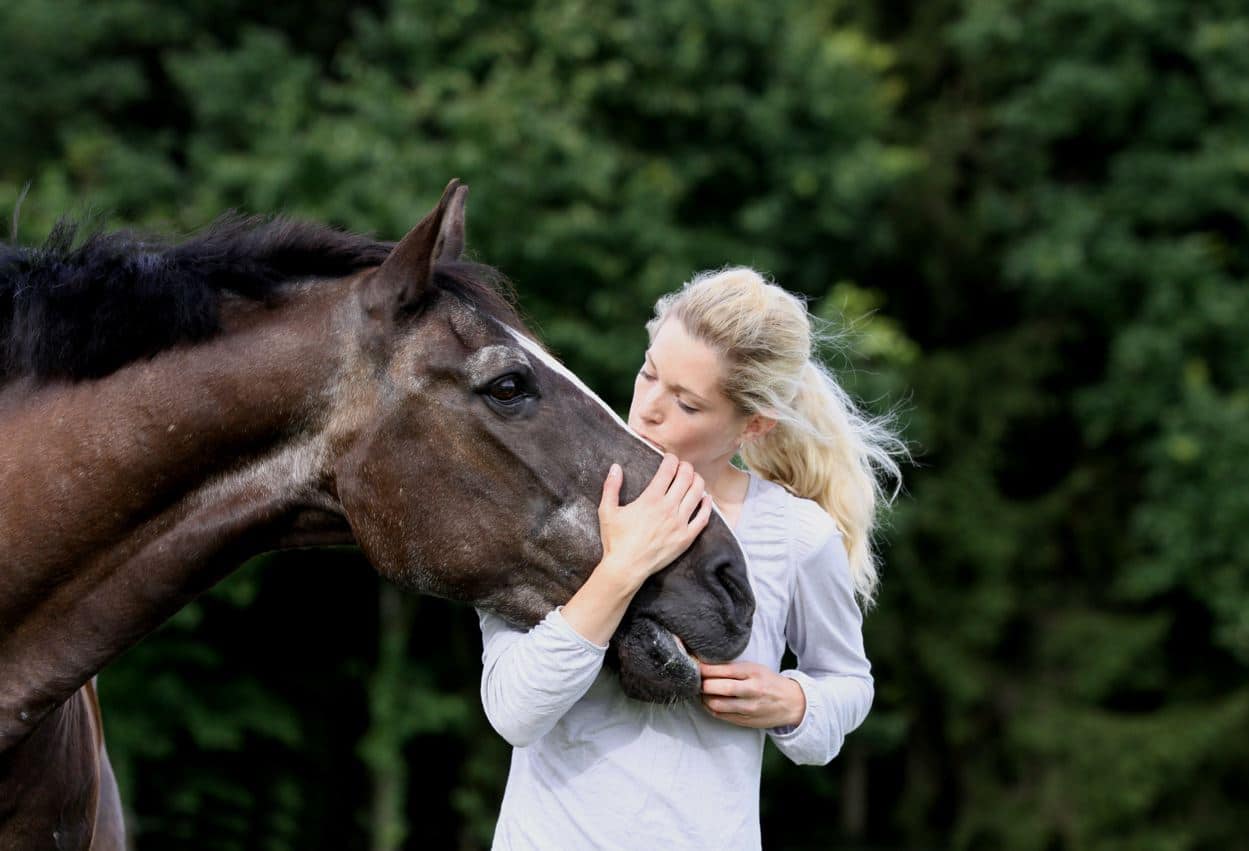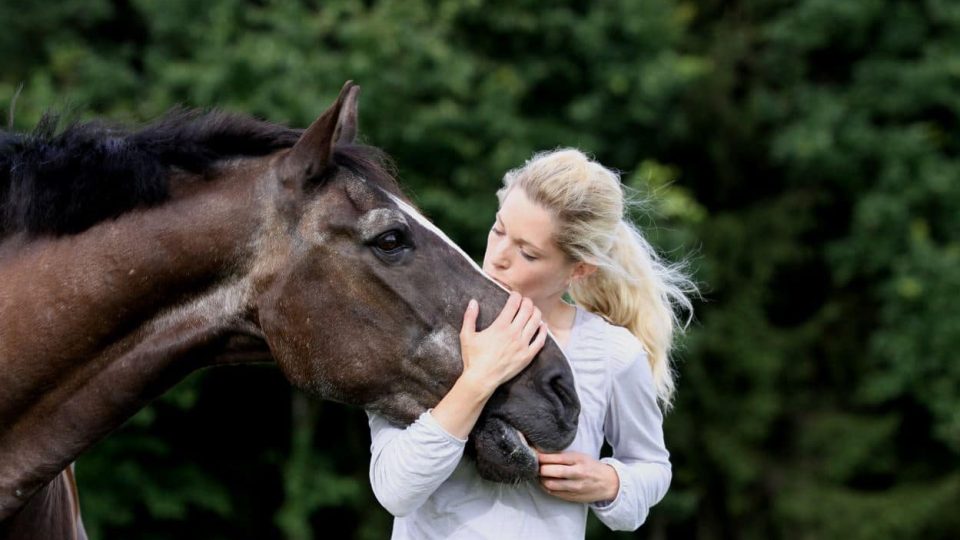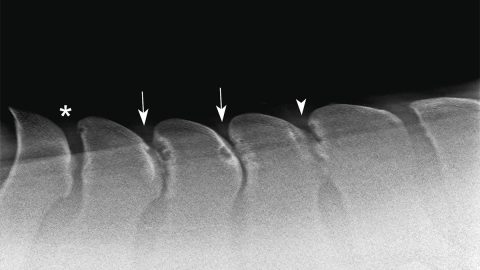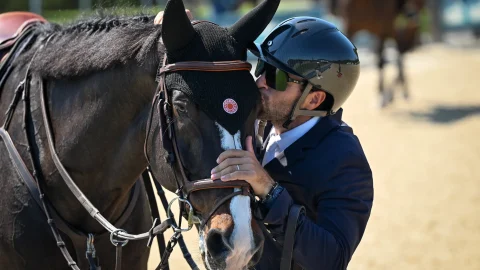When we talk about the right age to start riding a horse, the focus is almost always on the beginning: how old should a horse be before carrying a rider? The answer usually points to waiting until the spine is closed, the pelvis is mature, and the skeletal structure can safely sustain weight.
But there’s another side of the question we rarely consider: older horses who, despite their age, lack a strong topline and are just as vulnerable as youngsters.
Age Is Not Everything
A 12-year-old mare with severe topline atrophy from an old pelvic injury may be far less capable of carrying a rider than a 6-year-old with well-developed musculature. Chronological age is not enough — what truly matters is the functional condition of the body and its ability to support effort.
The topline — that chain of muscles from poll to croup — is the bridge that allows a horse to carry a rider. When it fails, weight and tension shift to other structures: joints, ligaments, soft tissues. Over time, this not only causes physical breakdown but also behavioral changes, as pain turns into resistance.
What Determines Riding Longevity?
The lifespan of a horse under saddle depends on multiple factors:
- Body condition: A thin horse burns muscle as fuel, and topline is the first to disappear.
- Conformation: Some builds naturally struggle more to develop and sustain muscle.
- Breed and genetics: Certain bloodlines are more predisposed to topline challenges.
- Equipment: A poorly fitted saddle can undo months of good training.
- Training methods: Riding in a hollow frame or with restrictive gadgets leads to muscle loss.
- Rider balance: Even a well-muscled horse suffers under a heavy or unbalanced rider.
- Previous injuries: Kissing spine, pelvic issues, or old lameness can compromise long-term work.
So, When Should We Stop Riding?
There is no magic number. Some horses remain active and happy at 20 thanks to careful management and a strong topline, while others must retire at 10 because their bodies cannot sustain the load.
The real answer is: a horse can be ridden as long as it has the musculature, health, and well-being to do so without pain. This requires constant observation, veterinary checks, bodywork, groundwork, and, above all, honesty with ourselves.
The Gift of Compassion
When a horse can no longer carry a rider, it does not mean they’ve lost value. Giving them rest, offering dignified retirement, or finding light activities that allow them to stay engaged may be the greatest act of respect. Riding is not a right; it is a responsibility. And sometimes, the truest expression of love is knowing when to stop.





